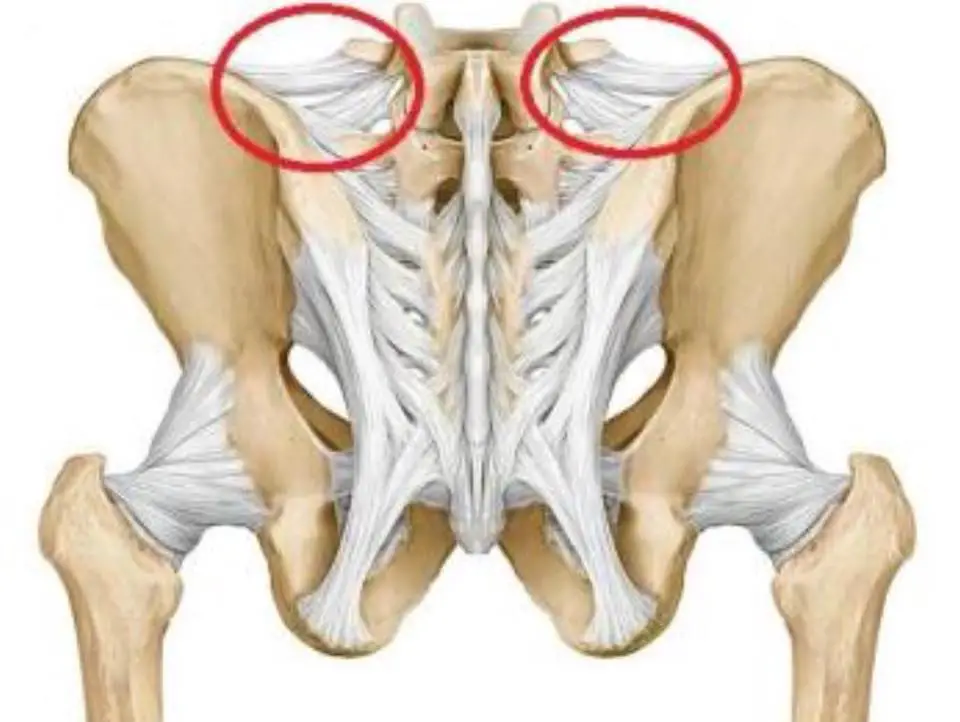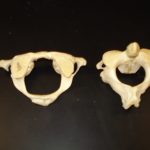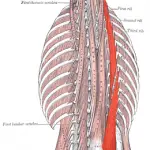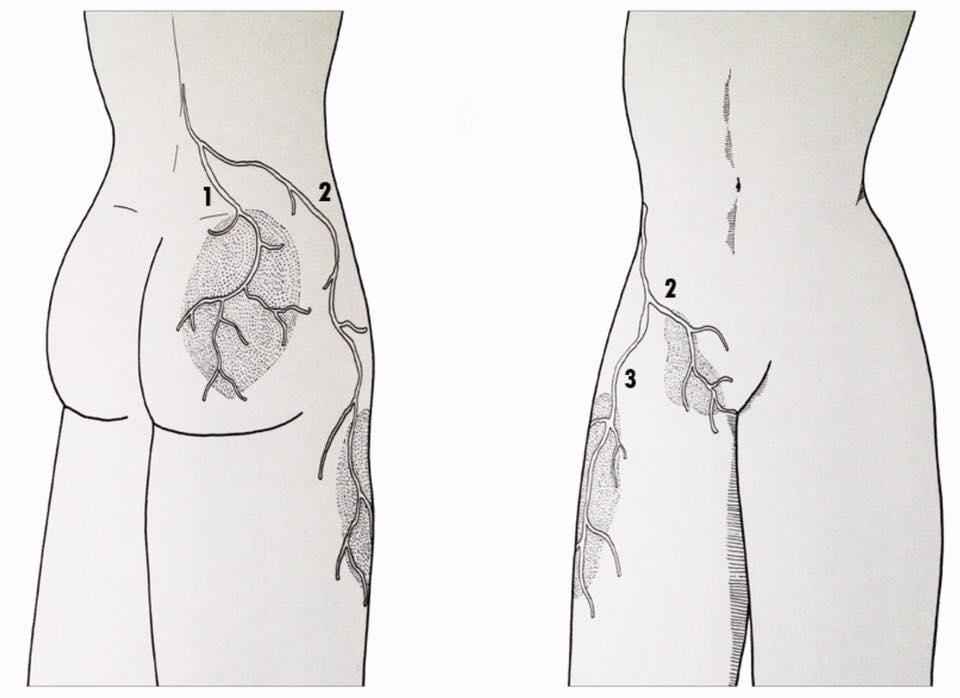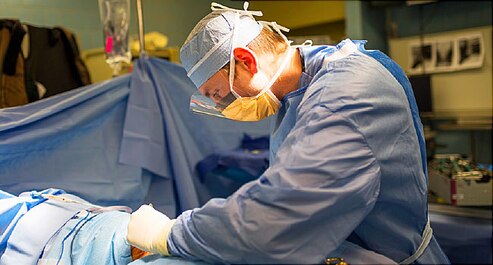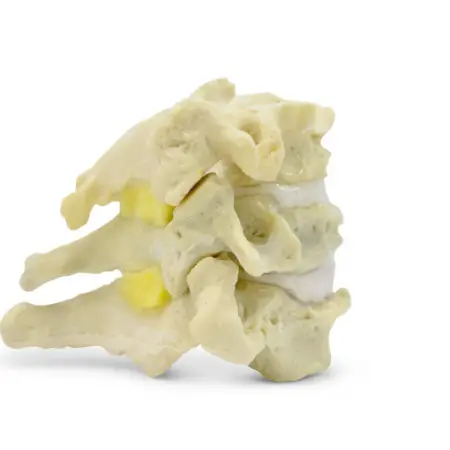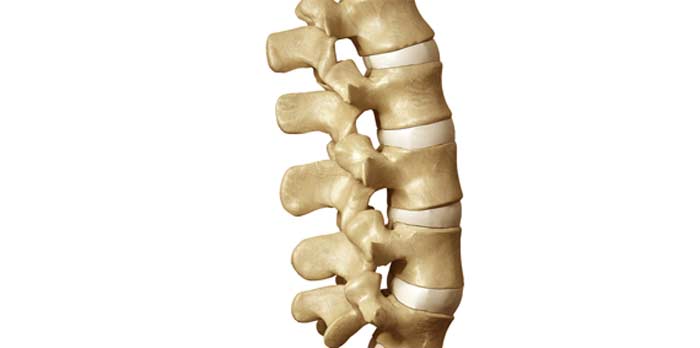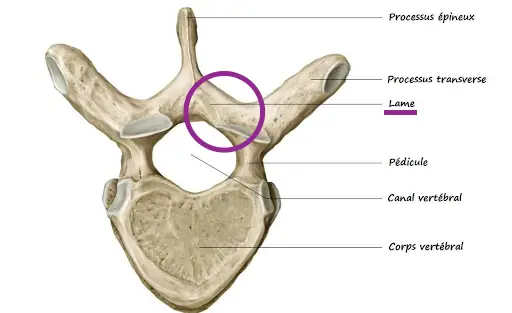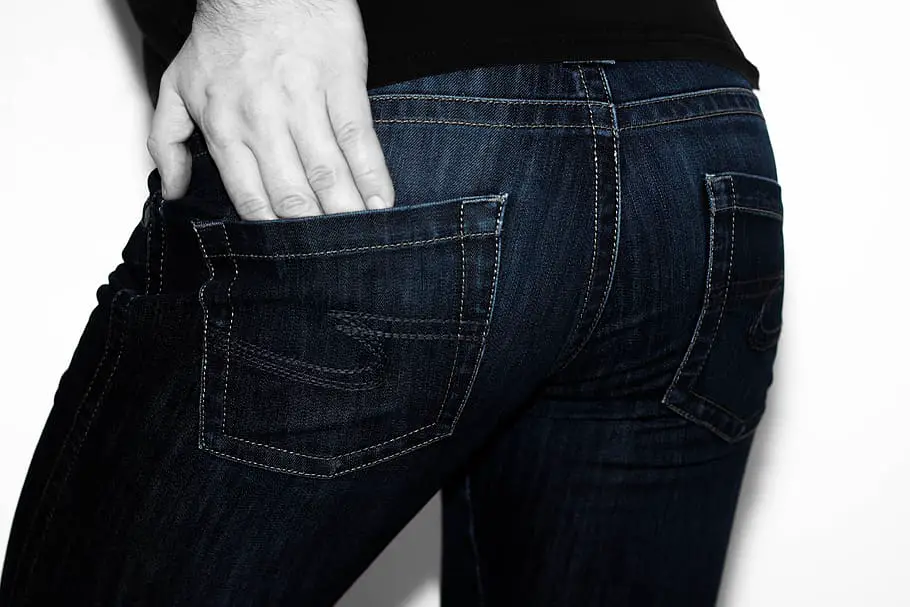Article reviewed and approved by Dr. Ibtissama Boukas, physician specializing in family medicine
What is the iliolumbar ligament, and does it have a role to play in back pain? What is its function? How to treat it when it is irritated?
This article explains everything you need to know about this structure of the spine.
Anatomy
The iliolumbar ligament is a strong band of connective tissue that runs from the transverse process of L4 or L5 (in more than 96% of cases) to attach to the iliac crest.
Together with the anterior sacroiliac ligament, the sacrospinous ligament and the sacrotuberous ligament, it helps in the stability of the lumbosacral spine in relation to the pelvis. It also has the function of maintaining the alignment of the vertebrate L5 compared to sacred during various movements. It is notably thanks to this ligament that the lumbosacral region is not very mobile.
Iliolumbar ligament syndrome (and other dysfunctions)
In the presence of dysfunction of the ilio-lumbar ligament, one can observe:
- Sacroiliac dysfunction (because the iliolumbar ligament serves as the attachment between the vertebrae L4-L5 and the iliac crest)
- Iliolumbar ligament syndrome due to inflammation or tearing of this ligament. This causes dunilateral pain that sometimes radiates into the leg (painful and reproductive palpation of the symptoms confirms the diagnosis, and the origin of the symptoms)
- L4-L5 vertebral instability potentially conductive to one herniated disc.
To identify dysfunction of the ilio-lumbar ligament, the doctor may need to refer to themedical imaging (like MRI). Some clinical tests (such as Faber test) can elicit characteristic pain. Finally, palpation sometimes reproduces the patient's pain.
Once the attack of the ilio-lumbar ligament is suspected, the treatment will aim to calm the inflammation and allow the healing of the lesion. Anti-inflammatories are sometimes prescribed, often in combination with ice or topical creams.
Certain massage techniques (such as transverse friction) may relieve symptoms and speed up the healing process.
Finally, in chronic cases, a local cortisone infiltration could treat pain and allow the return to activities. Moreover, the use of an “infiltration test” would make it possible to clarify the diagnosis insofar as the patient should feel a reduction in pain if the latter disappears after injection of the analgesic.

